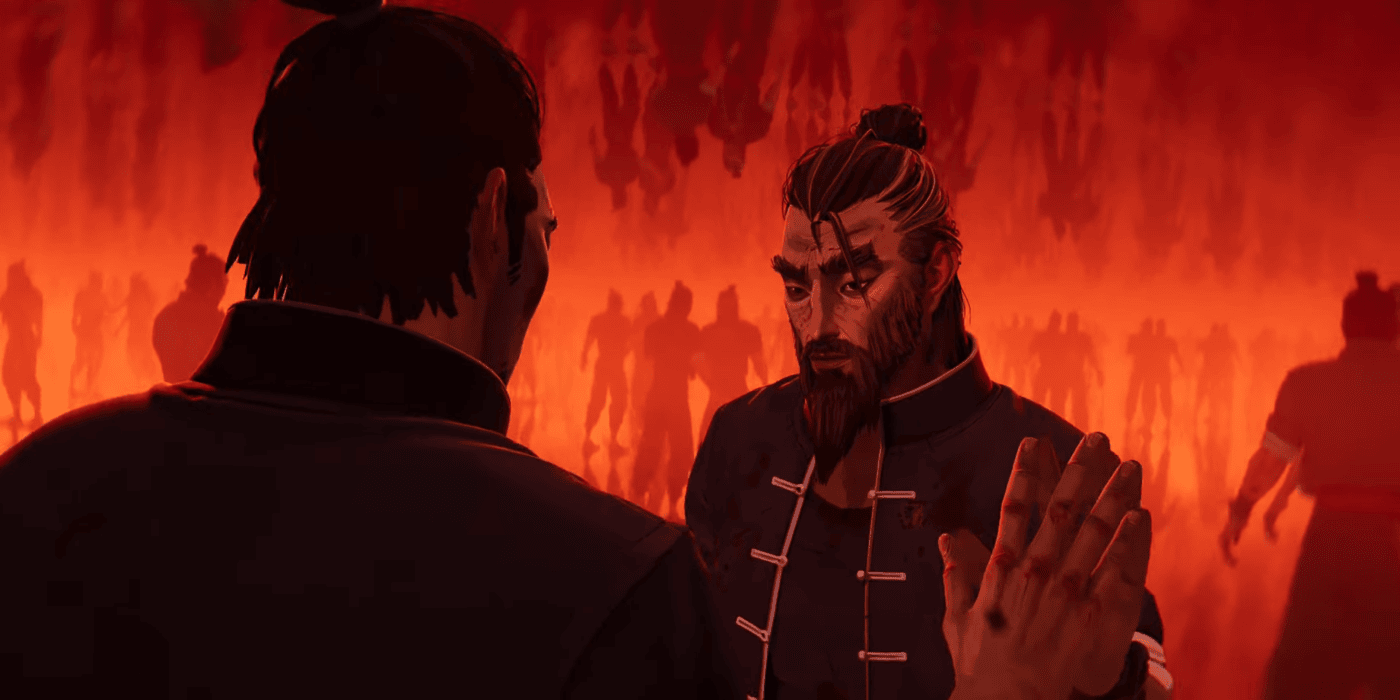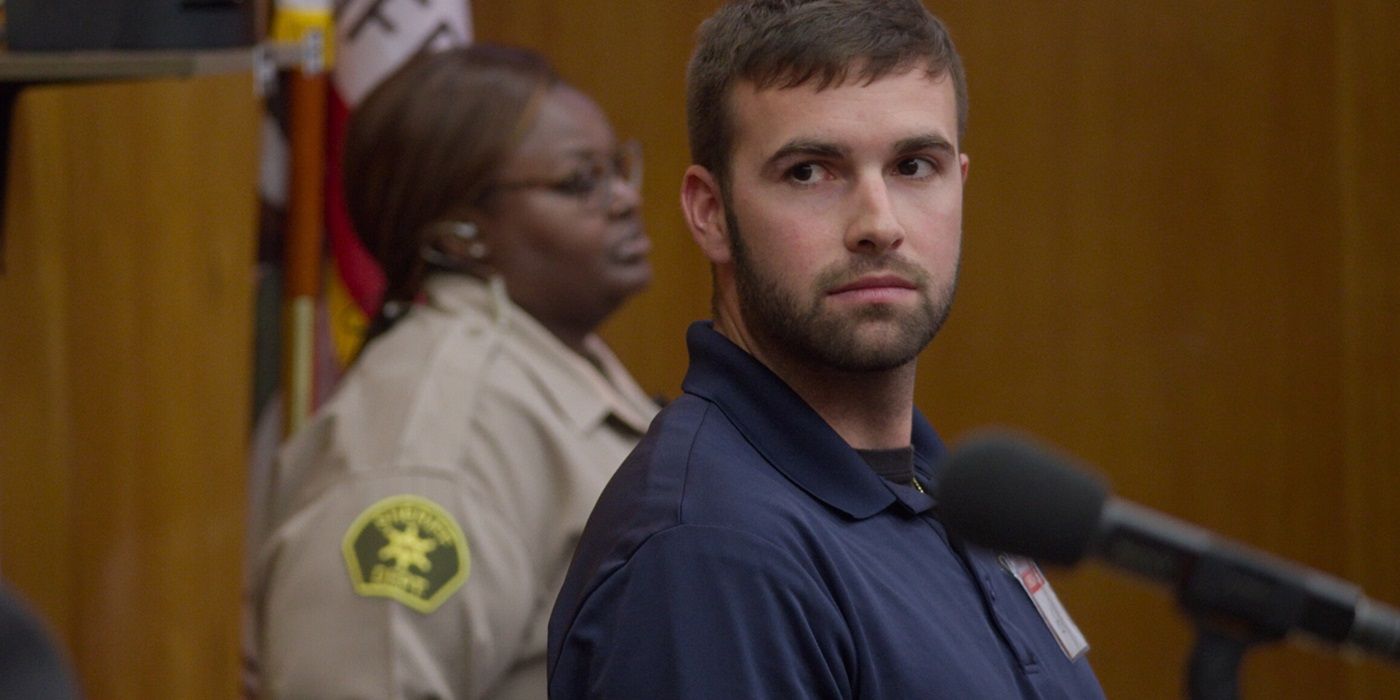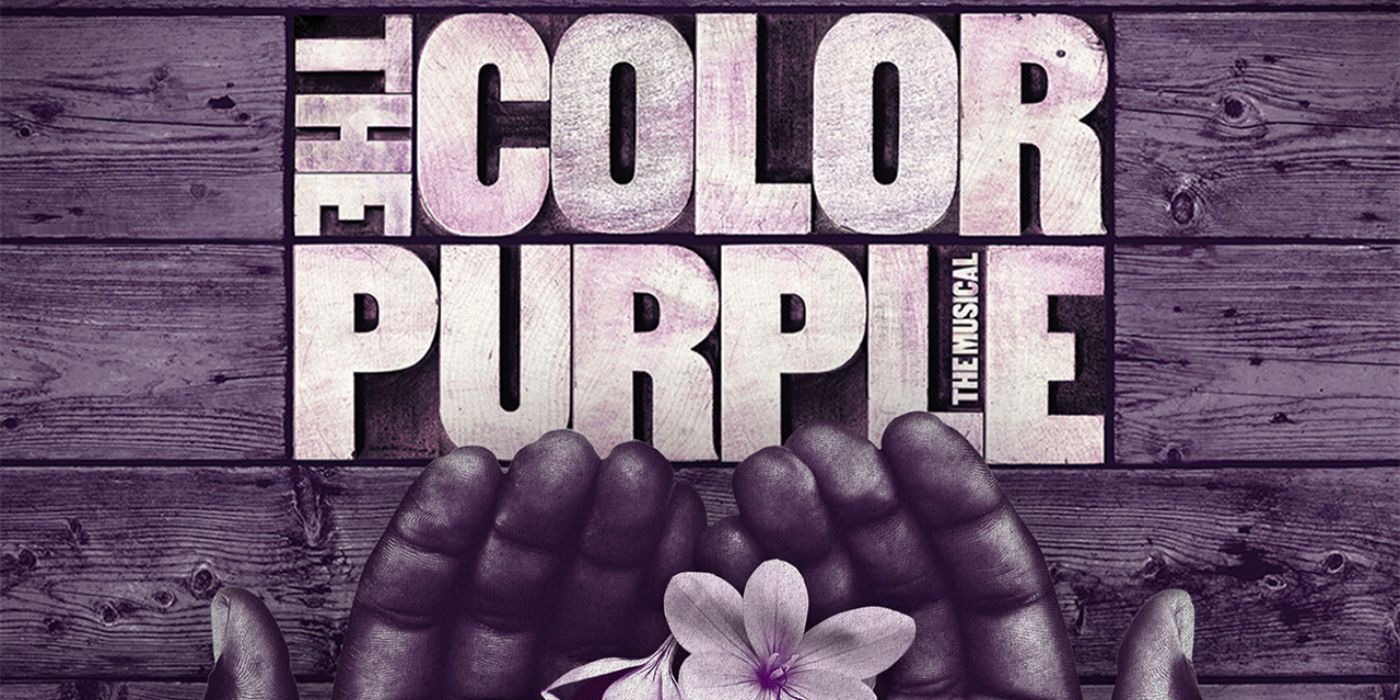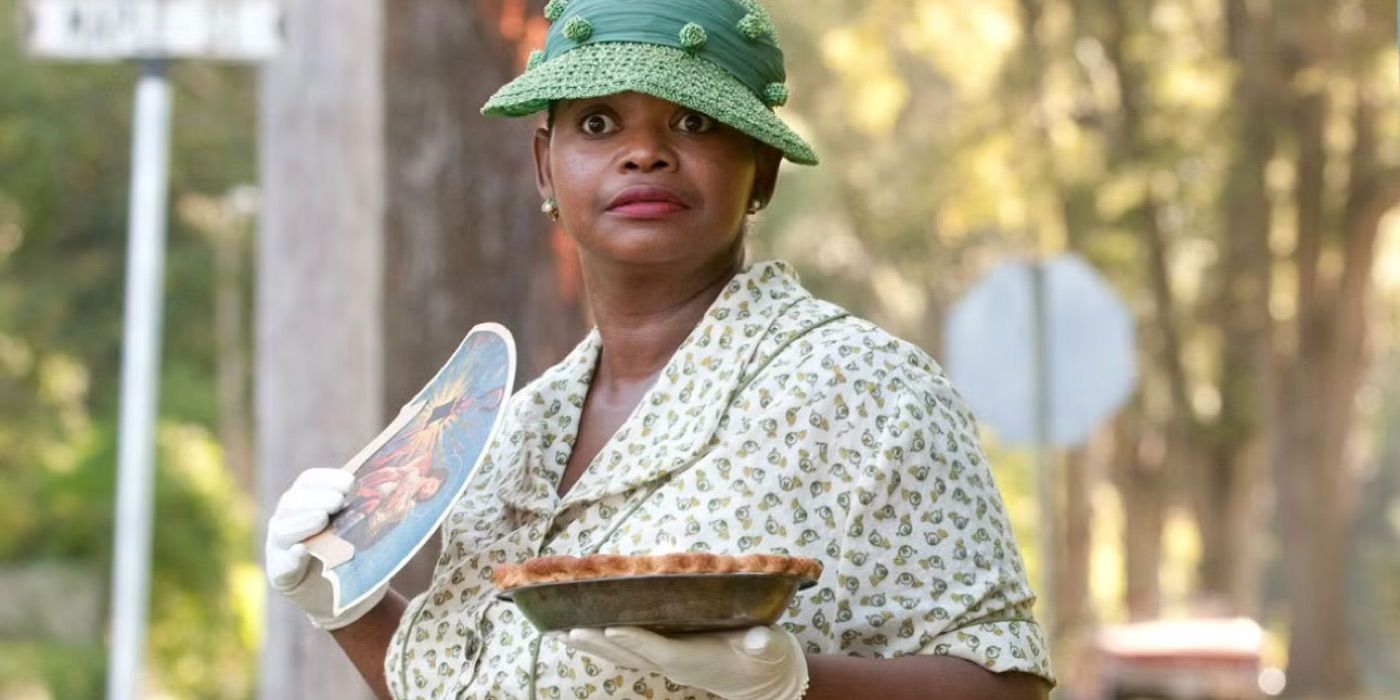It feels like it’s been years since we first heard about Cooper’s film, which was scheduled for an April 2020 release and is finally coming out 18 months later. Based on Antosca’s short story The Quiet Boy, “Antlers” takes place in a small town in Oregon, one of those formerly blue-collar communities that has been devastated by economic setbacks and drug addiction. Paul Meadows (Jesse Plemons) is the reticent sheriff of this corner of the world, a place that feels like it was thriving a generation ago and might not exist a generation from now. Paul’s sister Julia (Keri Russell) has returned home to a place that already provoked trauma related to her childhood and now seems like perhaps the gloomiest town on Earth.
Julia has also returned to a teaching job, where she takes an interest in the quiet kid in class, Lucas (Jeremy T. Thomas). He’s one of those boys that seems a little too quiet and skittish, indicating perhaps something is very wrong at home. Julia learns that Lucas’ mother passed not long ago, leaving his father Frank (Scott Haze) to care for him and Lucas’ brother Aiden (Sawyer Jones). Everyone suspects this is a bad home dynamic, but they have no idea. In the very effective, tone-setting opening scene, Frank and a drug-producing colleague are attacked by … something. Since then, he’s been locked in his house, physically coming apart at the seams. He’s almost feral, a cross between a werewolf and a zombie, and Lucas just locks his door at night and hopes dad doesn’t get worse. He will get worse.
Shot by Florian Hoffmeister (a Terence Davies collaborator on “The Deep Blue Sea” and “A Quiet Passion” as well as a vet of AMC’s “The Terror,” which has a similar tone to this project), “Antlers” is a visually confident film. It embraces shadows in a way that makes you lean forward to discern the horror in the dark corner of the room but never to a degree that feels incoherent or frustrating. Cooper and Hoffmeister give the film a striking visual language, and the editing by the great Dylan Tichenor (“There Will Be Blood”) enhances the forced POVs and disconcerting angles even further.
You can view the original article HERE.






























:quality(85):upscale()/2024/10/23/805/n/1922564/3c7878ba67193e463ea470.81388103_.png)